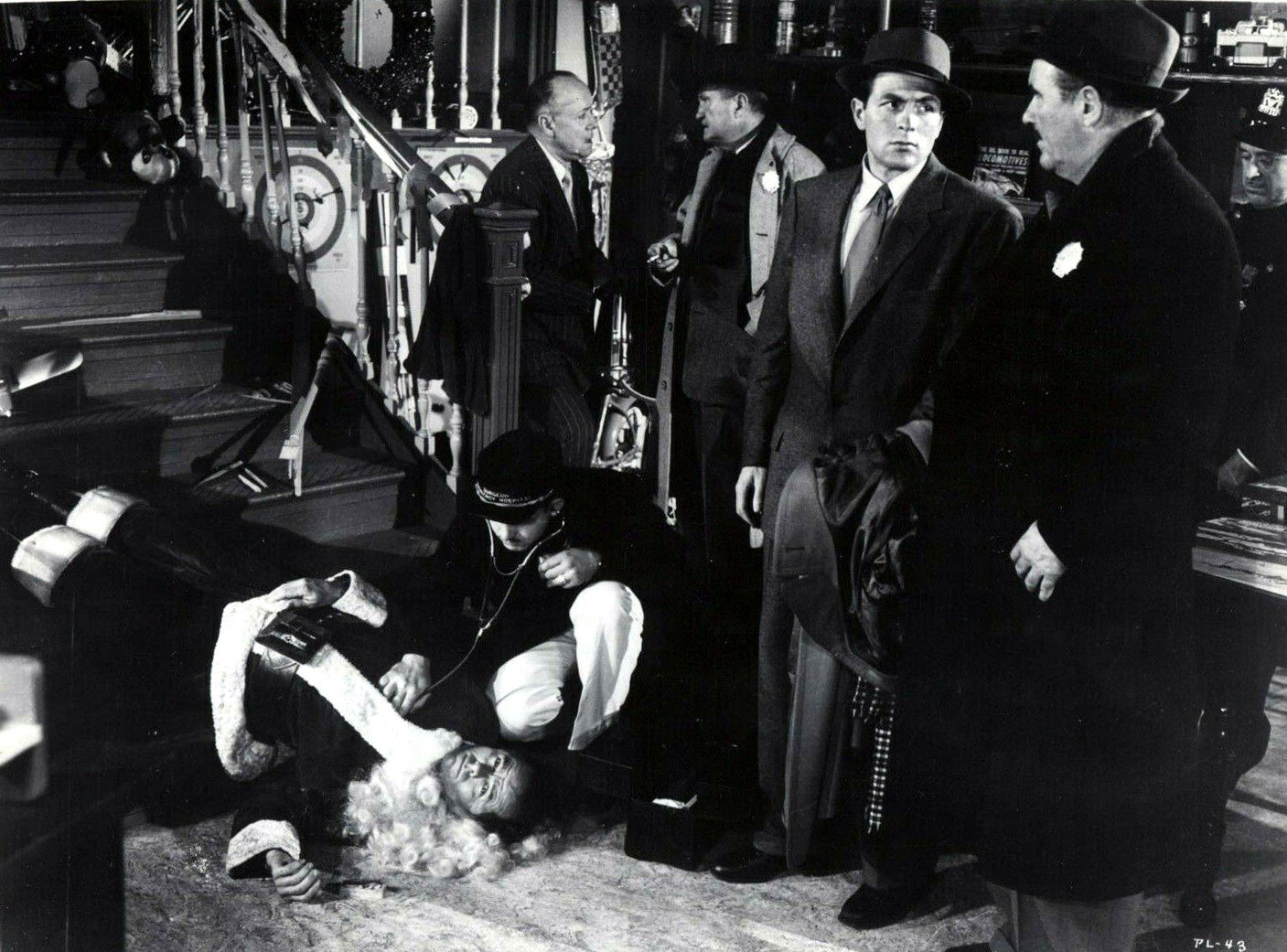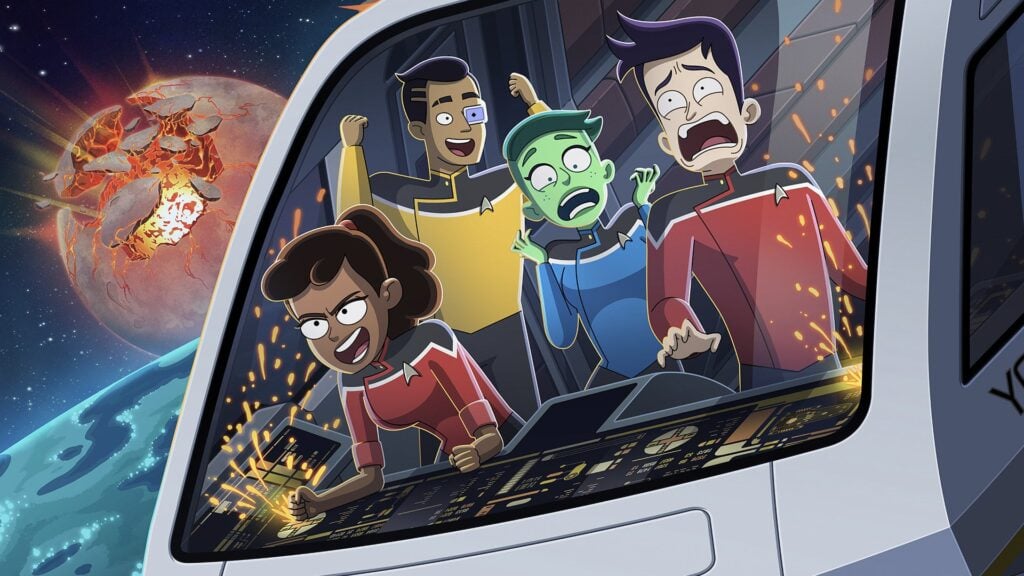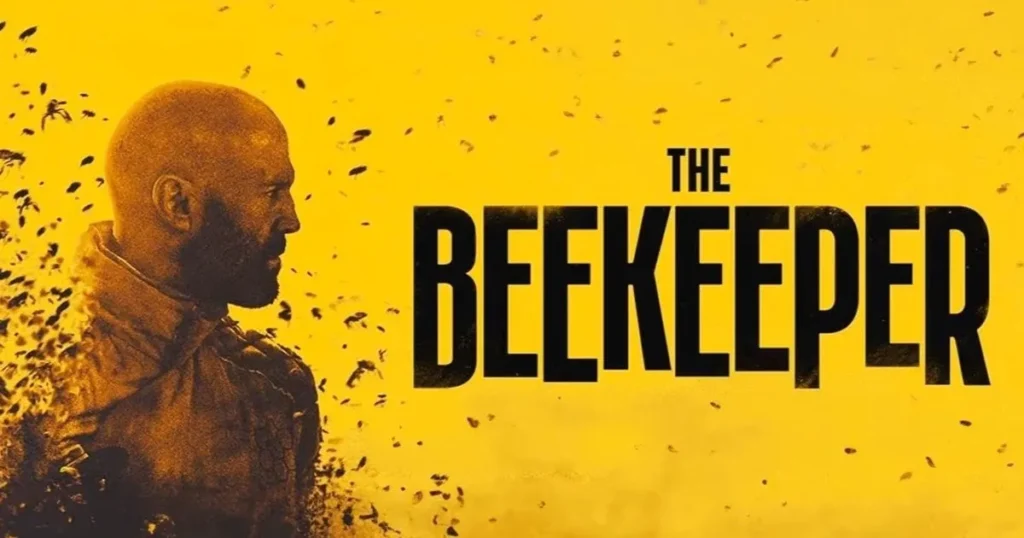Mickey Spillane’s tough, two-fisted private detective Mike Hammer first came to the screen in 1953’s I, the Jury, mostly faithful to the original novel with script and direction by Harry Essex.
The Production: 3.5/5
Mickey Spillane’s tough, two-fisted private detective Mike Hammer first came to the screen in 1953’s I, the Jury, mostly faithful to the original novel with script and direction by Harry Essex. The Production Code of the era clamped a lid on Spillane’s more prurient aspects of his tale in this first movie adaptation, but there is still enough salacious content lurking in the dingy corners and hiding in the shadows to satisfy lovers of his particular brand of novel noir.
When his war buddy/insurance investigator Jack Williams (Robert Swanger) is gunned down, private detective Mike Hammer (Biff Elliot) makes it his mission to hunt down the perpetrator and exact vengeance in kind. Police Captain Pat Chambers (Preston Foster) knows Hammer’s methods can get him into places that the police won’t be able to crack, so he furnishes Hammer with a list of suspects from a party Williams attended right before his death and puts a tail on Hammer to keep him out of mischief. Among the suspects are shady art dealer George Kalecki (Alan Reed) and his traveling companion Hal Kines (Robert Cunningham), luscious psychiatrist Charlotte Manning (Peggie Castle), alluring twins Mary and Esther Bellamy (Tani and Dran Seitz), and mysterious Mary Wright who had changed her name from Eileen Vickers to keep her devoted father (John Qualen) from keeping tabs on her. As the case gets more convoluted, Hammer doles out beatings and absorbs more than a few attacks himself and finds himself more than once the target of a gunman. He also finds himself more and more drawn to the beautiful lady psychiatrist who can soothe his bruises and offer advice on where he should look next as the list of suspects narrows as more of them are murdered.
Writer-director Harry Essex had to switch the focus of the criminals from drugs to stolen jewelry, and most of the raunchy sex is reduced to make-out sessions with Mike and a bevy of beautiful women who basically throw themselves at him. Essex doesn’t ratchet up the tension as much as he should have as bodies begin dropping, and the mystery part of the narrative is surprisingly easy to solve even for amateur buffs, but the film has the great good fortune to have Oscar-winning John Alton as its cinematographer, and he’s able to create shadowy compositions and shoot from a variety of positions (especially making some elevated shots simply astonishing in 3D) to give this low budgeted movie a real touch of class. No, the budget didn’t allow for New York City location shooting at Christmastime, and there is very little in the way of holiday spirit at play here, but the opening murder is imaginatively shot for maximum 3D impact, and he’s just as ingenious shooting a climactic fight between Mr. Big’s hoods and Hammer from another clever assortment of camera positions.
Biff Elliot is tough enough as Mike Hammer and has a punchy way of delivering his lines, but he doesn’t have as much screen presence as one might have wished. Old reliable Preston Foster has a kind of father-son relationship with Hammer as Captain Chambers. Alan Reed gets just a moment or two to establish character (which is enough for a seasoned veteran like him). Margaret Sheridan is fine as the loyal Gal Friday/secretary Velda, and Mary Anderson has just enough screen time to show us some colors to her characterization of Eileen Vickers/Mary Wright. All of the other women in Hammer’s orbit have allure to burn including Tani and Dran Seitz as the flirty twins, Frances Osborne as the alcoholic wife of the original murder victim, and especially Peggie Castle as the slinky psychiatrist. Joe Besser as a jovial elevator operator and Elisha Cook, Jr. as another of his weasel-like street characters add to the film’s noir atmosphere.
Video: 5/5
3D Rating: 5/5
The film’s 1.37:1 original theatrical aspect ratio has been faithfully maintained both in 2D (AVC codec), 3D (MVC codec) and 4K (HEVC codec but no applied HDR). Apart from one stray hair that’s only there for a second, the image is blemish-free and beautifully rendered with Alton’s crisp black and white photography offering endless shadows and wonderfully detailed close-ups. The movie has been divided into 18 chapters, and there is a chapter listing furnished on the main menu screen.
The 3D ranks among the most natural implementations of the process in all of Golden Age 3D cinema. Alton has provided a very early pop-out as the murdered man’s hand reaches through the screen toward the audience during the credit sequence, but there are also a gun, a rifle, and the handle of a back scratcher that protrude from the frame. There’s also one brilliant set-up where Mike Hammer himself seems to be sitting outside the frame as the camera looks beyond him back at an array of furniture and people extending into the rear of the frame. Depth throughout is masterfully achieved (the use of stereopticon glasses in one scene with the twins is also quite a clever in-house joke for 3D viewers).
Audio: 5/5
The DTS-HD Master Audio 2.0 mono sound mix offers very fine fidelity to complement the image quality. All age-related traces of hiss, crackle, flutter, or pops are completely gone, and the dialogue, Franz Waxman’s tight score, and the various sound effects are all blended in a most professional way.
Special Features: 4/5
The Blu-ray/3D Blu-ray disc contains the commentaries and all of the other bonus features. The UHD disc contains only the commentaries.
Audio Commentaries: Mickey Spillane historian Max Allan Collins offers a fine audio analysis of the movie. Also present is a 2004 commentary with star Biff Elliot watching the movie and commenting on it while also answering questions posed to him by his nephew Josh Shalek.
Biff Elliot Interview (5:20, SD): a 2006 video interview in which the actor recounts a little of his background and his distaste for the character of Hammer even though he feels pride in the movie.
Deep in the Shadows (10:28, HD): 3D maven Mike Ballew offers a brief history of 3D and describes in detail the unique camera rig used in the filming of I, the Jury which gives its 3D a unique and very pleasing quality.
Mike Hammer TV Pilot (28:57, HD): Max Allan Collins introduces this failed Brian Keith-starring pilot.
“Between Rounds” (26:32, HD): Preston Foster stars in this episode of O. Henry Playhouse.
“After Twenty Years” (26:20, HD): Peggie Castle stars in this episode of O. Henry Playhouse.
Public Defender episode (24:46, HD): drama series starring Biff Elliot.
ClassicFlix Trailers: Raw Deal, Michael Shayne Mysteries, O. Henry Playhouse, T-Men.
Overall: 4/5
Another glorious Golden Age 3D film comes our way with Harry Essex’s 1953 version of Mickey Spillane’s I, the Jury. This seldom seen 3D film noir has been restored to pristine video and audio quality adding luster to ClassicFlix’s film noir library and comes with a hearty recommendation.
Matt has been reviewing films and television professionally since 1974 and has been a member of Home Theater Forum’s reviewing staff since 2007, his reviews now numbering close to three thousand. During those years, he has also been a junior and senior high school English teacher earning numerous entries into Who’s Who Among America’s Educators and spent many years treading the community theater boards as an actor in everything from Agatha Christie mysteries to Stephen Sondheim musicals.
Post Disclaimer
Some of our content may contain marketing links, which means we will receive a commission for purchases made via those links. In our editorial content, these affiliate links appear automatically, and our editorial teams are not influenced by our affiliate partnerships. We work with several providers (currently Skimlinks and Amazon) to manage our affiliate relationships. You can find out more about their services by visiting their sites.






Similar threads
- Todd Erwin
- Blu-ray and UHD
2 3